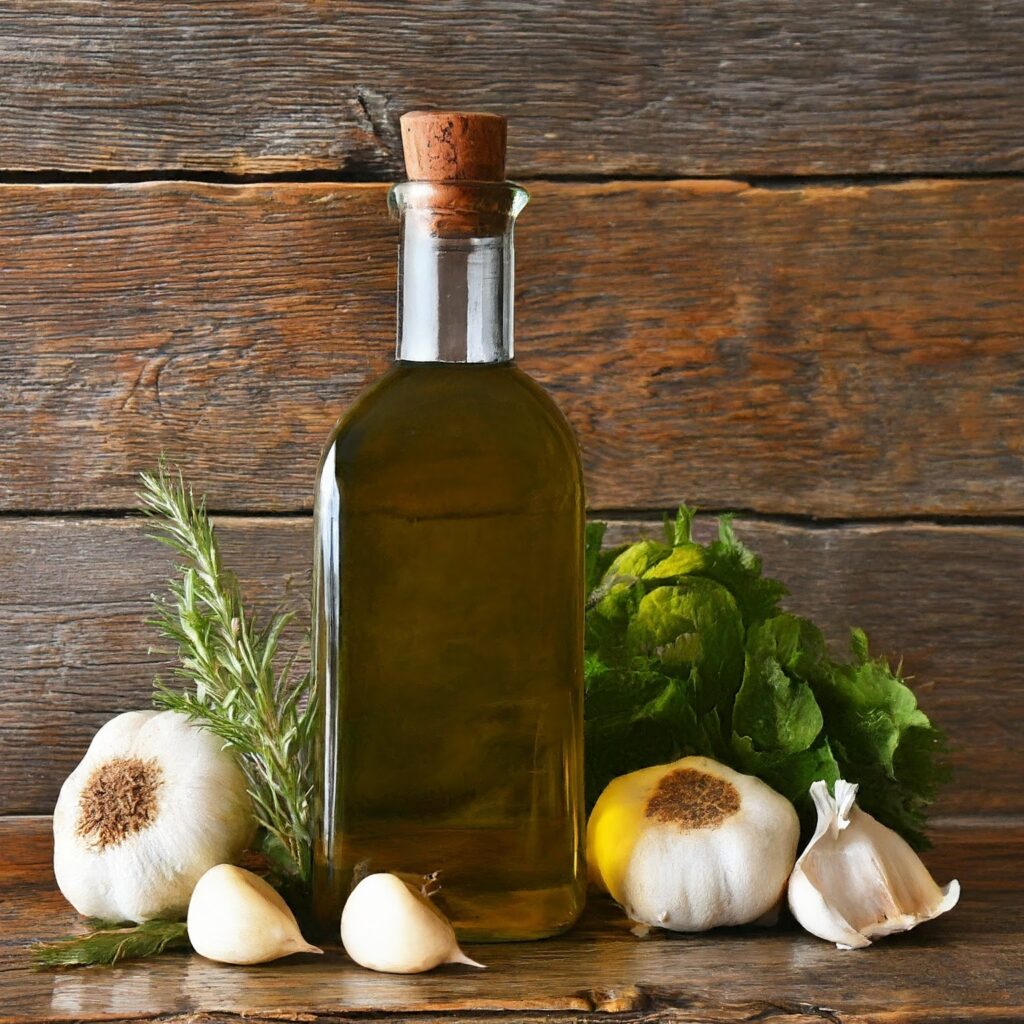Introduction to Mediterranean Tapas
Mediterranean tapas represent a delightful culinary tradition that brings together the vibrant flavors and communal spirit of Mediterranean countries. Originating from Spain, tapas have evolved into a beloved way of dining, featuring an array of small plates that showcase the region’s rich and diverse cuisine. These bite-sized dishes are perfect for sharing, making tapas an ideal choice for social gatherings and relaxed meals.
Key Ingredients and Flavors in Mediterranean Cuisine
Mediterranean cuisine is known for its use of fresh, wholesome ingredients and bold, yet balanced flavors. Some of the key ingredients that define Mediterranean tapas include:
- Olive Oil: A cornerstone of Mediterranean cooking, olive oil is used in everything from sautéing vegetables to drizzling over finished dishes.
- Garlic: Adds depth and aroma to many Mediterranean dishes.

- Tomatoes: Fresh, sun-dried, or in sauces, tomatoes are a staple.
- Herbs: Parsley, oregano, rosemary, and thyme are commonly used.
- Seafood: Fresh fish, shrimp, and other seafood are prevalent.
- Legumes: Chickpeas and lentils provide a hearty base for many tapas.
- Cheese: Varieties like feta, Manchego, and goat cheese add richness.
- Spices: Paprika, saffron, and cumin are frequently used to enhance flavors.
Popular Tapas Recipes
- Patatas Bravas:
- Ingredients: Potatoes, olive oil, garlic, tomatoes, paprika, aioli.
- Recipe: Crispy fried potatoes served with a spicy tomato sauce and aioli.

- Gambas al Ajillo:
- Ingredients: Shrimp, garlic, olive oil, chili peppers, parsley.
- Recipe: Shrimp sautéed in olive oil with garlic and chili peppers, garnished with fresh parsley.

- Stuffed Grape Leaves (Dolmas):
- Ingredients: Grape leaves, rice, pine nuts, raisins, fresh herbs, lemon juice.
- Recipe: Grape leaves stuffed with a mixture of rice, pine nuts, raisins, and herbs, then steamed until tender.

Tips for Creating a Tapas Spread at Home

- Variety is Key: Include a mix of hot and cold dishes, vegetarian options, and protein-based tapas to cater to all tastes.
- Prep in Advance: Many tapas can be prepared ahead of time, making it easier to serve a variety of dishes without stress.
- Serve with Bread: A selection of crusty bread or baguette slices is essential for soaking up sauces and spreads.
- Use Small Plates: Authentic tapas are served in small portions, so use small plates or bowls to encourage sampling a variety of dishes.
- Keep it Simple: Tapas are meant to be simple and flavorful. Focus on high-quality ingredients and straightforward preparation.
The Social and Cultural Importance of Tapas in Mediterranean Countries
Tapas are more than just a way of eating; they are a reflection of the Mediterranean lifestyle, which values socializing and enjoying food in a relaxed, communal setting. In Spain, tapas are often enjoyed in bars or taverns, where friends and family gather to share small plates and conversation. This tradition of sharing and tasting different dishes fosters a sense of community and connection.
In other Mediterranean countries, similar concepts exist, such as the Italian antipasti, Greek meze, and Turkish mezze. Each culture brings its unique flavors and traditions to the table, but the underlying principle remains the same: food is a medium for bringing people together and celebrating life’s simple pleasures.
